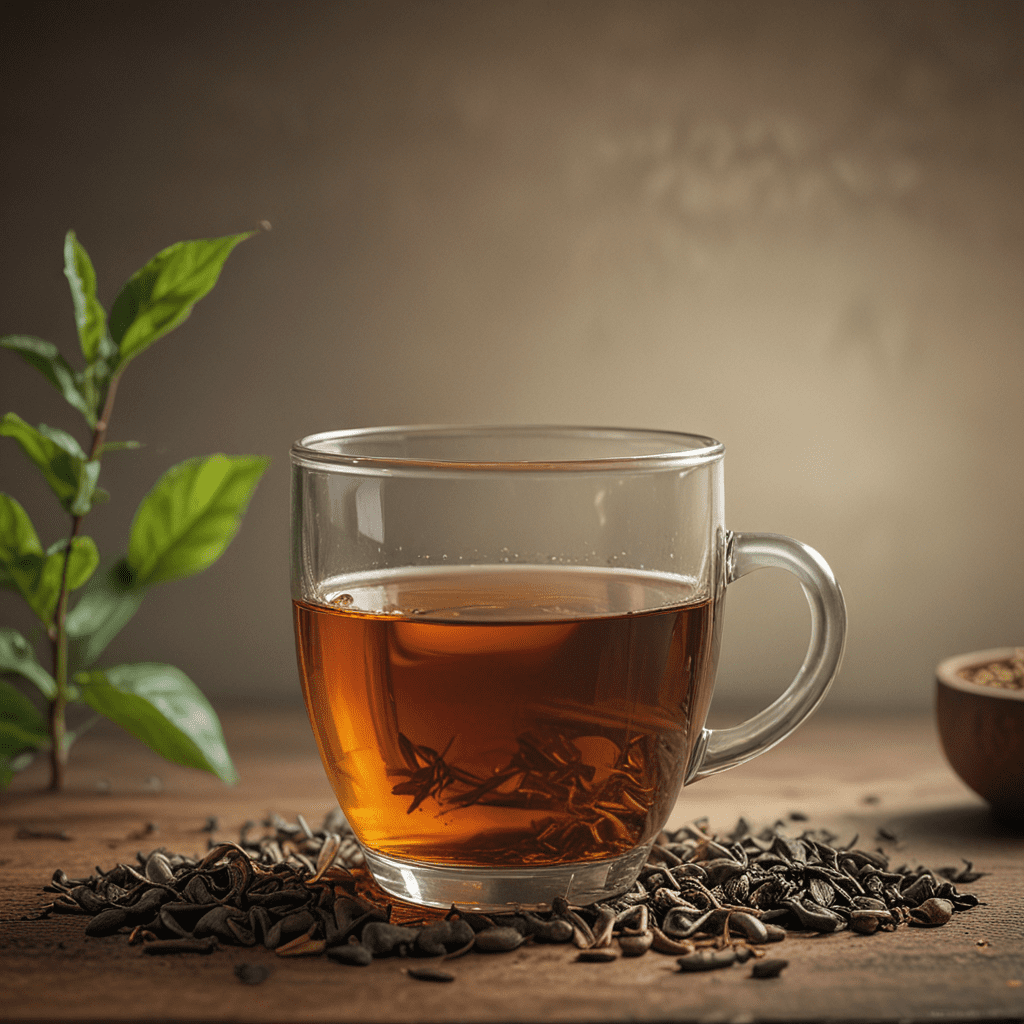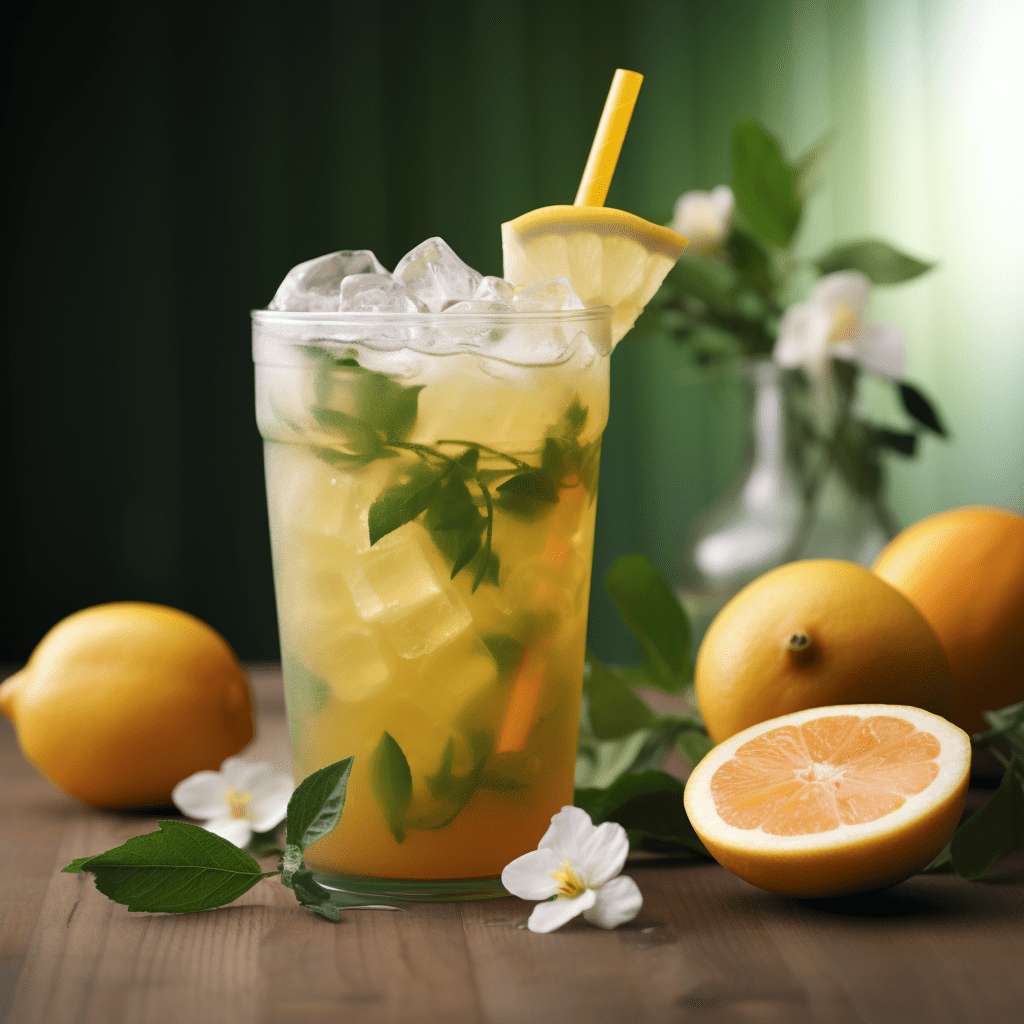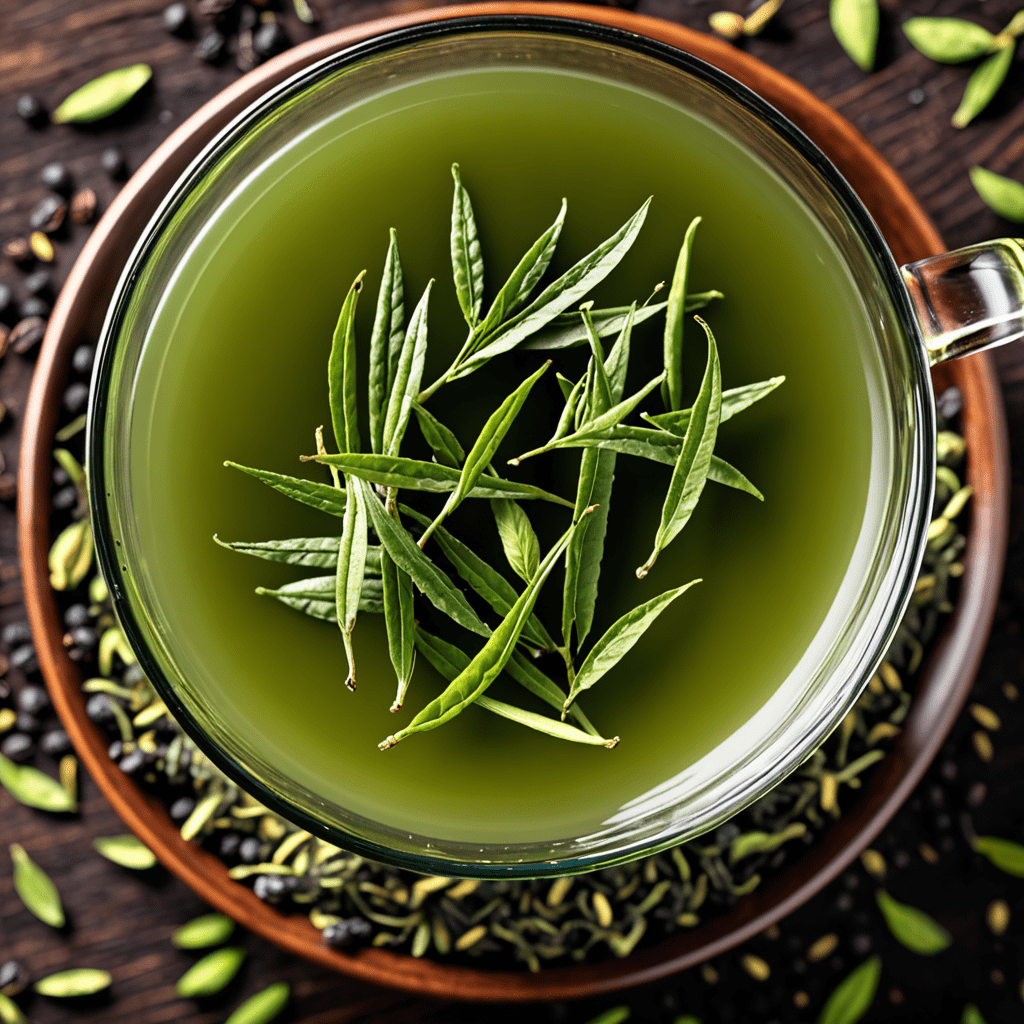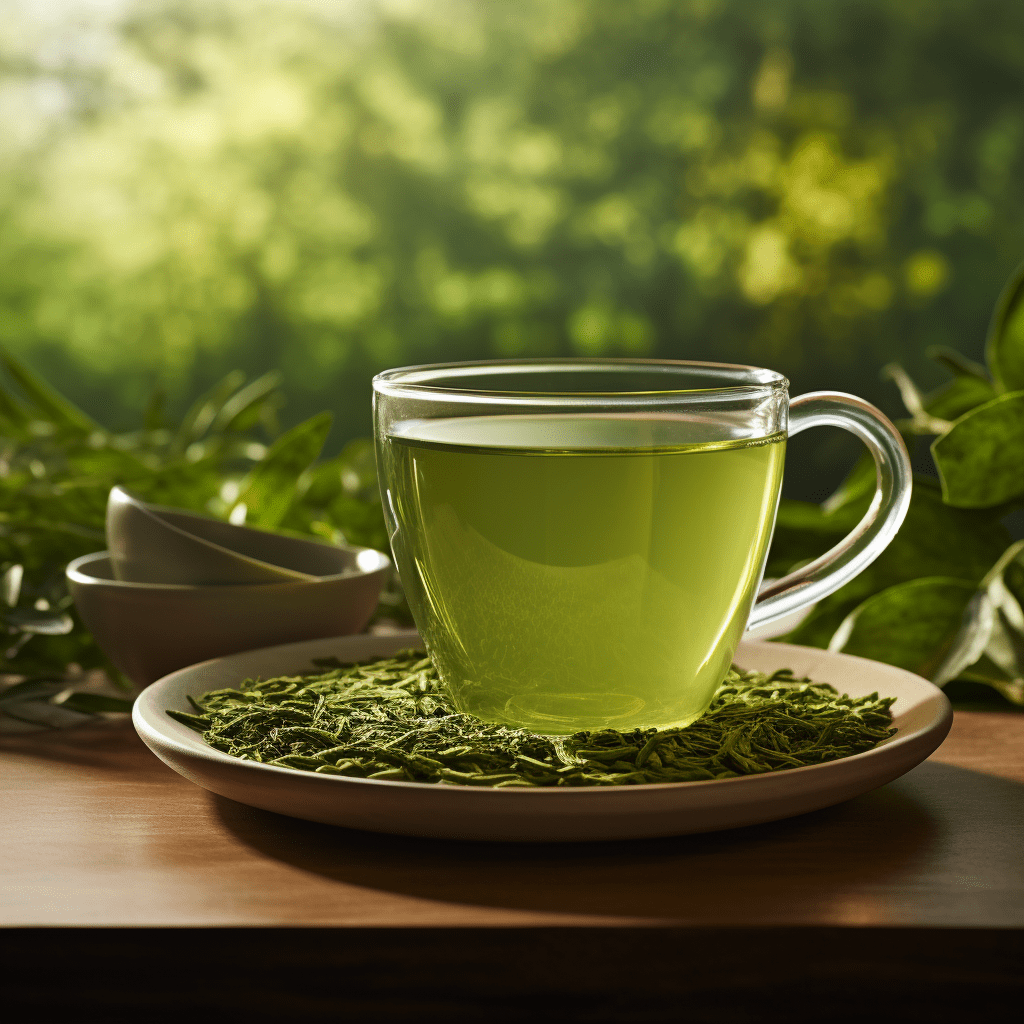
Introduction: The Allure of Darjeeling Tea
Nestled amidst the verdant foothills of the Himalayas, Darjeeling tea holds a coveted place in the world of tea connoisseurs. Its delicate aroma, robust flavor, and subtly astringent notes have captivated tea enthusiasts for centuries. Darjeeling tea's allure lies in its unique growing conditions, skilled craftsmanship, and the rich history that has shaped its identity. This article embarks on a journey through time to unravel the captivating story of Darjeeling tea, exploring its origins, the British influence, the golden age of its cultivation, and the rise of labor movements that shaped the industry.
Origins: The Roots of a Culinary Treasure
The origins of Darjeeling tea can be traced back to the mid-19th century when British planters seeking an alternative to Chinese tea introduced tea plants to the Darjeeling region. The fertile soil, abundant rainfall, and high altitude of the Himalayas proved to be an ideal environment for tea cultivation. The first Darjeeling tea was produced in 1856, and by the end of the century, the region had become a major tea-producing hub.
The British Influence: Shaping the Industry
The British played a pivotal role in the development of the Darjeeling tea industry. They established tea estates, introduced modern cultivation techniques, and set up tea factories to process the leaves. The British also introduced a system of grading and pricing, which established the reputation of Darjeeling tea as a premium product. By the early 20th century, Darjeeling tea was exported worldwide and had earned a global reputation for its exceptional quality.
The Golden Age: A Symphony of Flavors
The golden age of Darjeeling tea spanned the early to mid-20th century. During this period, the tea industry flourished, producing some of the most exquisite teas in the world. The perfect balance of flavor, aroma, and astringency made Darjeeling tea a favorite among royalty and tea connoisseurs alike. The reputation of Darjeeling tea reached its zenith during this time, and it became synonymous with luxury and exclusivity.
The Rise of Labor Movements: Tea Gardens in Social Context
The growth of the Darjeeling tea industry was closely intertwined with the lives of the workers who toiled on the tea plantations. The early 20th century saw the rise of labor movements as workers sought better working conditions and fair wages. Strikes and protests became common, and the tea gardens became a microcosm of the social and economic tensions of the time. The struggle for workers' rights shaped the industry, leading to improved working conditions and a more equitable distribution of benefits.
Modernization and Expansion: Evolving Cultivation Practices
The mid-20th century marked a period of modernization and expansion for the Darjeeling tea industry. New technologies and cultivation practices were introduced to increase productivity and improve the quality of tea. The use of fertilizers, irrigation systems, and pest control techniques became widespread. Research institutions were established to develop new tea varieties and study the impact of climate and soil conditions on tea cultivation.
Darjeeling Tea: A Protected Geographical Indication
In 2003, Darjeeling tea was granted a Protected Geographical Indication (PGI) status by the Indian government. This designation ensures that only tea grown and processed in the Darjeeling region can be labeled as "Darjeeling Tea." The PGI status protects the unique characteristics of Darjeeling tea and prevents counterfeiting. It is a testament to the region's commitment to maintaining the quality and reputation of its world-renowned tea.
Sustainable Practices: Preserving a Legacy
In recent years, there has been a growing emphasis on sustainable practices in the Darjeeling tea industry. Tea estates are implementing environmentally friendly cultivation methods to preserve the region's ecosystem and ensure the long-term viability of tea production. Organic farming, rainwater harvesting, and soil conservation techniques are becoming increasingly common. Sustainable practices not only benefit the environment but also contribute to the overall quality and flavor of Darjeeling tea.
The Tea Estates: A Picturesque Landscape
The tea estates of Darjeeling are a picturesque sight, nestled amidst rolling hills and lush greenery. The estates are often open to visitors, offering guided tours and tea tastings. Visitors can witness the process of tea cultivation, from plucking to processing, and learn about the history and heritage of Darjeeling tea. The tea estates are a living testament to the region's rich tea-growing tradition and a source of pride for the local community.
Conclusion: The Enduring Legacy of Darjeeling Tea
Darjeeling tea has come a long way since its humble beginnings in the mid-19th century. From its roots as a British experiment to its status as a globally recognized culinary treasure, Darjeeling tea has woven itself into the fabric of history and culture. Its unique flavor, rich aroma, and protected status have solidified its place as one of the world's most sought-after teas. The future of Darjeeling tea looks promising, with a renewed focus on sustainability, innovation, and the preservation of its rich heritage. Darjeeling tea continues to captivate tea enthusiasts around the world, offering a taste of history, tradition, and the beauty of the Himalayas in every sip.
Frequently Asked Questions:
Q: What makes Darjeeling tea different from other teas?
A: Darjeeling tea is distinguished by its unique growing conditions in the Himalayas, which give it a delicate aroma, robust flavor, and slightly astringent finish.
Q: What is the best time to harvest Darjeeling tea?
A: Darjeeling tea is harvested twice a year, with the first flush in April-May and the second flush in June-July. The first flush teas are considered to be the most delicate and flavorful.
Q: How can I identify real Darjeeling tea?
A: Genuine Darjeeling tea will be labeled as such and will have a Protected Geographical Indication (PGI) mark. It should also have a distinct flavor profile with a delicate aroma and slightly astringent finish.
Q: How can I store Darjeeling tea?
A: Darjeeling tea should be stored in an airtight container away from light and moisture. It should be consumed within a few months of purchase for optimal freshness.
Q: What are the benefits of drinking Darjeeling tea?
A: Darjeeling tea contains antioxidants and has been linked to several health benefits, including improved heart health, reduced inflammation, and enhanced cognitive function.
Call to action: If you appreciate the taste and heritage of exceptional teas, we encourage you to explore the wide variety of Darjeeling tea available online and at specialty tea shops. Immerse yourself in the delightful flavors and rich history that make Darjeeling tea a true connoisseur's delight.


